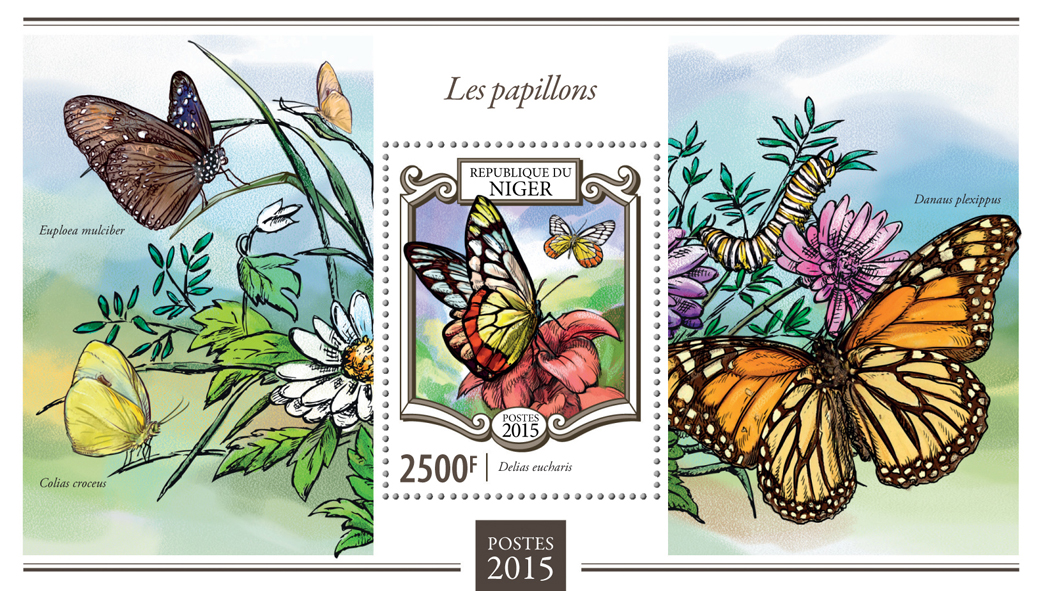Urban populations of 28 butterfly species have fallen 69 percent across the UK since 1995, while in America monarch butterflies are down 80 percent since the mid-1990s and 27 percent since this time last year. The decline is worrying, say scientists, because butterflies are recognized as environmental indicators due to their rapid responses to small changes in climate and habitat. "Governments in the European Union use butterflies as a measure of the health of the environment and as a biodiversity indicator," says Tom Brereton, head of monitoring at Butterfly Conservation, one of the organizations behind the U.K. study.
Although, intensive agriculture has long been seen as one of the most destructive factors for butterflies and other pollinators, the UK's urban butterfly populations have suffered the worst declines over the past 20 years, according to the UK study published in the Ecological Indicators journal. Scientists at the University of Kent, the Centre for Ecology and Hydrology and Butterfly Conservation found that species in cities and towns were declining at a much higher rate than their countryside counterparts - 69 percent compared to 45 percent.
The Small Copper and Small Heath species saw some of the biggest declines. Between 1995 and 2014, the former's population fell by 75 percent in urban areas and 23 percent in rural areas. In the same time period, numbers of Small Heath dropped 78 percent and 17 percent respectively.
"It's a combination of factors," says Brereton, adding that changes in how people manage their gardens has influenced the declines. "People with big gardens are selling spaces off for development. They're using a lot more pesticides, which has a knock-on effect for butterflies. They're putting in decking, barbeque areas and artificial surfaces."
Scientists said the dramatic decline in monarch butterflies in the US can be partly traced back to "widespread planting of genetically engineered crops" and the use of Monsanto's Roundup herbicide. The majority of US corn and soybeans are genetically engineered for resistance to the herbicide, which is a "potent" killer of milkweed - the monarch caterpillar's only food source, according to the Center for Food Safety, a US environmental, non-profit. A huge increase in the use of Roundup and other glyphosate herbicides has nearly wiped out milkweed in the midwest's corn and soybean fields, says the CFS.
"In addition to threats from more frequent and harsher weather events, monarchs are still severely jeopardized by the ever-increasing pesticides used with genetically-engineered crops, destroying their habitat," said George Kimbrell, senior attorney at the Center for Food Safety, in a statement.
The iconic orange and black butterflies make an astonishing migration from their summer quarters east of the Rockies to the mountains of central Mexico where they spend winter. There they gather in bunches on trees. But this is becoming a rarer sight. The latest monarch counts indicate ongoing risk of extinction.
"The monarch butterfly is still in really big trouble and still needs really big help if we are going to save this beloved orange and black wonder for future generations," said Tierra Curry, a senior scientist at the Center for Biological Diversity, in a statement.
Last year researchers warned that in Europe, nine percent of bee and butterfly species were facing extinction, while 31 percent of butterfly species for which sufficient data is available were in decline. A drop in pollinators is also being detected elsewhere in the world. "Generally butterflies are in trouble. Something like seven out of ten species are in decline. There have been some conservation successes. But overall the pattern is quite gloomy," says Brereton.
The UN has warned that a decline in pollinators vital to agriculture, such as bees and butterflies, poses a threat to world food production and global biodiversity. Brereton says the loss of butterflies is also a "quality of life issue" for millions of people who like to see the creatures in their gardens in spring and summer. The scientists have called on more action from national and local lawmakers to deal with declines there but said individuals can play their part too.
Source: Deutsche Welle, Feb 23, 2017
http://www.dw.com/en/butterfly-declines-in-the-north-america-uk/a-37688…

- Login om te reageren
